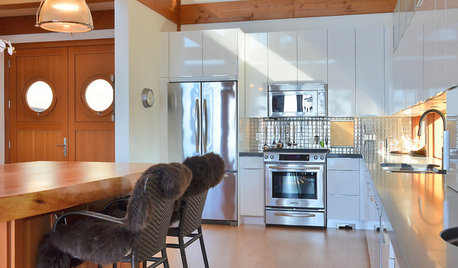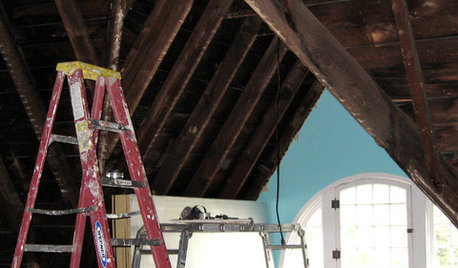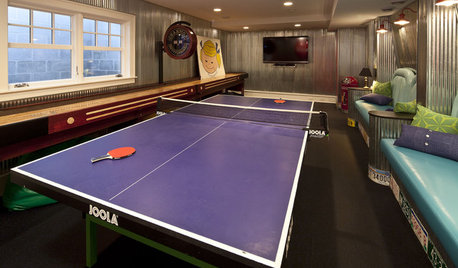DIY Flow-Through: Lessons Learned
alabamanicole
13 years ago
Related Stories

DECORATING GUIDES9 Lessons We Can Learn From Drawing Rooms
Let these formal rooms inspire you to create entertaining spaces that encourage conversation, music and games
Full Story
REMODELING GUIDES6 Must-Know Lessons From a Serial Renovator
Get your remodel right the first time, with this insight from an architect who's been there too many times to count
Full Story
REMODELING GUIDES8 Lessons on Renovating a House from Someone Who's Living It
So you think DIY remodeling is going to be fun? Here is one homeowner's list of what you may be getting yourself into
Full Story
HOLIDAYS11 Survival Lessons From Thanksgiving
With 10 people in 1 house for 3 days, you learn fast. Find out the good, the challenging and the just plain kooky
Full Story
LIFEThe Day She Learned the Serenity Prayer for Homeowners
A flooded house and a high school graduation party intersect to teach some life lessons
Full Story
MOST POPULAR15 Remodeling ‘Uh-Oh’ Moments to Learn From
The road to successful design is paved with disaster stories. What’s yours?
Full Story
GARDENING AND LANDSCAPINGGarden Lessons from a Grand Northwest Reserve
Borrow classic landscape ideas from this Washington state treasure, a series of gardens as thoughtfully planned as they are spacious
Full Story
DECORATING GUIDESLessons in Living Comfortably: Embrace the Scratches and Dents
When you celebrate wear and tear, you send a message that your home is designed for relaxation
Full Story
LIFEDesign Lessons My Mother Taught Me
In honor of Mother’s Day, professionals on Houzz reflect on the design and style wisdom their mothers passed on
Full Story
HOUZZ TOURSDesign Lessons From a 10-Foot-Wide Row House
How to make a very narrow home open, bright and comfortable? Go vertical, focus on storage, work your materials and embrace modern design
Full StorySponsored
More Discussions






randomz
equinoxequinox
Related Professionals
Mitchellville Landscape Architects & Landscape Designers · Hartford Landscape Contractors · Concord Landscape Contractors · Addison Landscape Contractors · Aloha Landscape Contractors · Dedham Landscape Contractors · Manhattan Landscape Contractors · Miller Place Landscape Contractors · Newberg Landscape Contractors · Richmond Landscape Contractors · Rockville Landscape Contractors · New Bern General Contractors · Endicott General Contractors · Kilgore General Contractors · Wolf Trap General ContractorsalabamanicoleOriginal Author
randomz
equinoxequinox
alabamanicoleOriginal Author
sbryce_gw
equinoxequinox
pjames
sbryce_gw
alabamanicoleOriginal Author
randomz
equinoxequinox
alabamanicoleOriginal Author
pjames
pjames
alabamanicoleOriginal Author
lkittle
lkittle
alabamanicoleOriginal Author
lkittle
equinoxequinox
lkittle
steamyb
equinoxequinox
antoniab
equinoxequinox
randomz
pjames
lkittle
lee_in_iowa
equinoxequinox
sbryce_gw
dowbright
equinoxequinox
dowbright